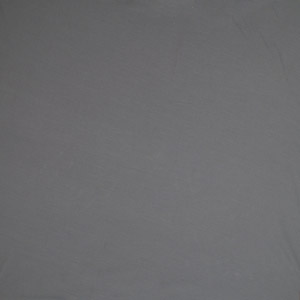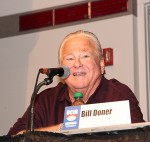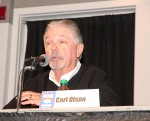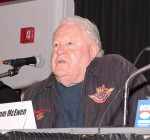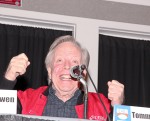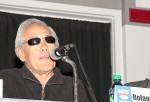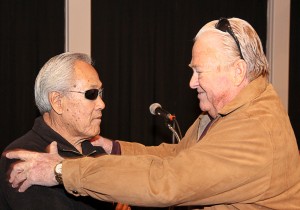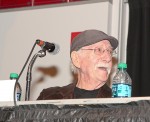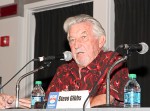OCIR, the “Super Track”, Reunion November 23, 2013, at the NHRA Motorsports Museum, Pomona, CA
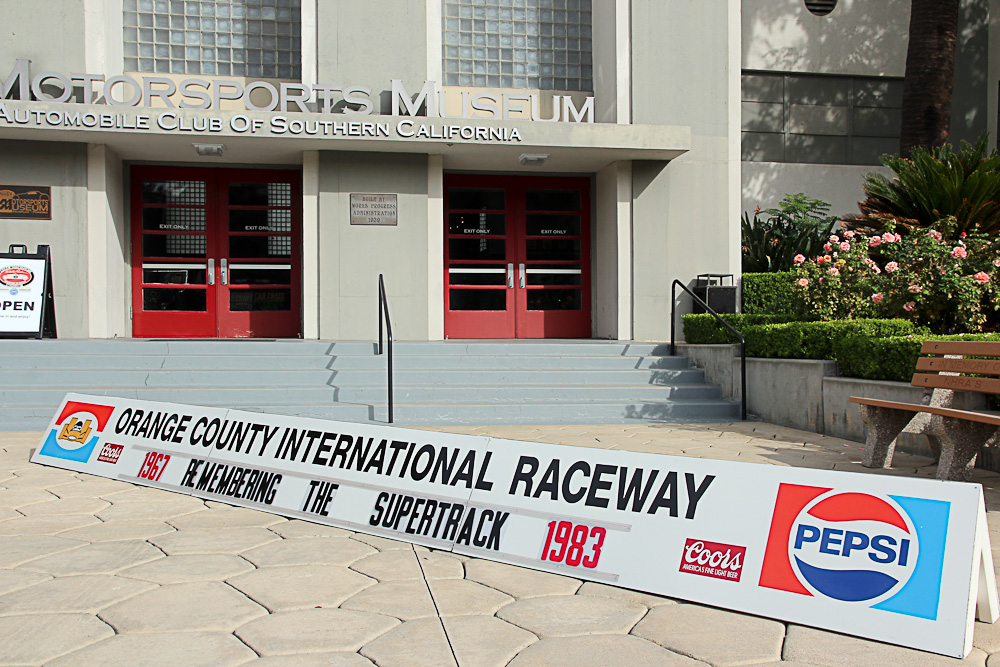
Referring to the increasingly popular nostalgia events, one of the audience members said it best when he asked John Force “Is the past the future of drag racing?” As shown at the Orange County International Raceway (OCIR) Reunion, that track boasted large showings (16-32) of funny cars. The past is repeating itself 30 years later as nostalgia races like Hot Rod Reunion and March Meet attract fields of more than 32 funny cars.
Ten panelists relived the glory days of the “Super Track” at the OCIR Reunion November 23 at the Wally Parks Motorsports Museum. The first panel consisted of Bill Doner, Carl Olson, Tom McEwen, Tommy Ivo, Roland Leong and Mike Jones. Bob Beck was the moderator.
Bill Doner is currently the CEO of London Bridge Raceway Park which is building a motorsports park, including a drag strip, at Lake Havasu. Doner began his career as a sports writer for the Orange County Daily Pilot and later went to work for Carroll Shelby. He then started promoting drag races at Seattle International Raceway and eventually had 9 tracks, including OCIR. Before he sold off and left drag racing in 1979, he was promoting over 1,000 events a year. Doner was able to attract the big names, including McEwen, Prudhomme and Leong, and fill the stands with spectators by hosting events featuring 64 funny cars racing under the lights and creating outlandish stunts including a Linda Lovelace appearance at Seattle and fox hunt nights. Doner said he plans to open the Lake Havasu Drag Strip with 32 funny cars.
- Bill Donor
- Carl Olson
Carl Olson, driver of the Kuhl and Olson top fuel car, and winner of the 1972 Winternationals, went to work for NHRA in 1976. At NHRA Olson was heavily involved in the safety of the sport. Olson raced at OCIR and was there as a spectator for the last race. Olson talked about the Sorokin Foundation created by Mike Jones after the death of Mike Sorokin at OCIR. The Sorokin Foundation was dedicated to racer safety.
Tom McEwen, was at OCIR for the first and last race. McEwen was in the Guedel & Holland top fuel car at the first race of August 5, 1967. He set a track ET record of 7.02. McEwen was in a funny car at the last race and ran a 6.31 at 229 mph but didn’t make the finals. Although McEwen was the first to obtain corporate sponsorship from Mattel, he did say that he feared that the teams now were spending so much money that drag racing was going to price itself out of existence.
Tommy Ivo ran the last race of his career at the Winternationals at OCIR. Ivo was injured in 1982 during a 70-stop tour in his four-engine dragster. In the 3rd race the car hit a bump in the track and the car came up when he went down and he crushed three vertebrae. Ivo turn the driving chores over to Rick Johnson for all of the last races of the tour – except the Winternationals. At the Winternationals, Ivo put a lot of pillows in the driver’s seat and made a last pass. After that pass he drove back up the track, got out of the car, and burned his driving gloves with a hand-held track dryer. Ivo also recalled a life-saving event. During a verbal altercation with a fan, Ivo said a few uncomplimentary things about Ed McCulloch. His words got back to McCulloch who stormed up to Ivo threatening to punch him. Ivo was already belted into the seat of his funny car so when McCulloch reached in to pull him out, Ivo didn’t budge. He figures that was the only time a seat belt saved his life. Ivo also found OCIR to be a superior track saying the return lane at OCIR was smoother than the tracks back east.

Tommy Ivo’s T-Bucket
Roland Leong, the Hawaiian, won a lot of races. In 1964 he won his first national event with Danny Ongias driving. In 1965 he won the Winternationals and U.S. Nationals in top fuel with Don Prudhomme driving and in 1966 with Mike Snively driving again won the Winternationals and the U.S. Nationals. Leong said he was at the press conference held by the Irvine Company and NHRA held the day after the Orange County Planning Commission approved the plans for OCIR on November 9, 1966. The last OCIR race was held on October 30, 1983 and Leong’s Hawaiian Punch funny car sponsored the race.
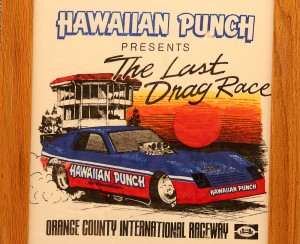
Mike Jones was a member of the partnership that developed OCIR. The Irvine Co. gave them a long-term lease on property in the middle of the V where the I-405 and I-5 meet. Jones was a designer and drafstman and did the actual design work and plot plan of OCIR. Jones was committed to creating not only a state-of-the-art facility but a safe facility. The track was 4,200 feet long with a 300 foot sand trap capped with a water filled barrier. Jones noted the track had scoreboards, and the 3 story timing tower, and track lights, which set it off from its competitors. It also had good access to the I-5 freeway (and apparently only one race car ended up on the freeway). According to one member of the audience that car blew up after going through the lights, headed for the ambulance, missed that and ended up on the freeway scaring the heck out of a passing trucker. After 6+ years of managing OCIR, Jones, and some of the other partners, took a buy out but one original partner, Larry Vaughn, stayed and leased out the track with IHRA sanctioning. Jones said his job was promotion and structure of the races and he obtained track sponsorship from Champion Spark Plugs and Hang Ten.
The break provided a chance for old friends to meet:
And a chance to look at the memorabilia around the room:
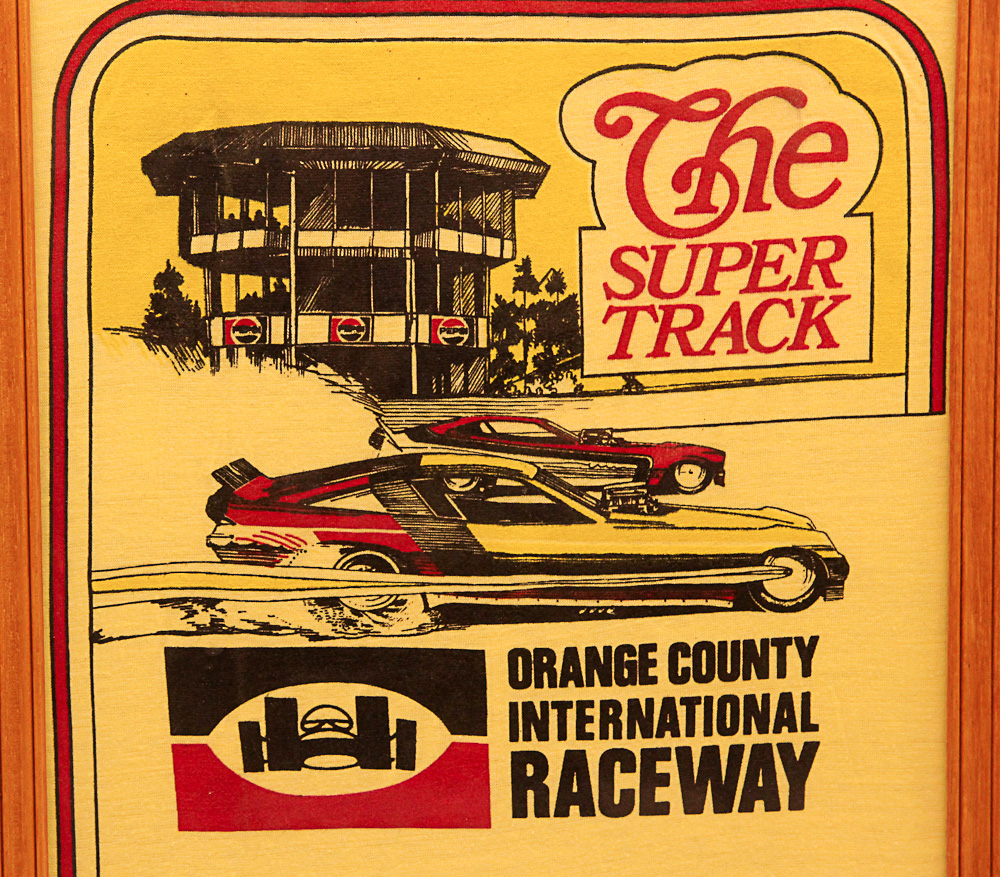
After a break the second panel took to the stage. That included Ed Pink, Don Prudhomme, Steve Gibbs and John Force.
Ed Pink is a notable engine builder and many of the OCIR racers used and won with his engines. Both McEwen and Prudhoom ran Ed Pink engines. Pink said OCIR was the Taj Mahal of race tracks. He also said he could build engines with more power for OCIR because the track was so good.
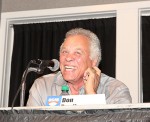 Don Prudhomme was a success as both a driver and an owner winning 4 NHRA national championships as a driver and 2 as an owner. In response to an audience question about night racing at OCIR, Prudhomme said that with the lighting it was the best track for night racing. Some other tracks, like Lions, had thick fog and no lights so visibility was nonexistent once he left the start. He also said the OCIR was the first to use VHT on the track for traction. Prudhomme was in the eight car field for the last drag race but didn’t make it to the finals. Prudhomme noted he made a living by getting paid to race, that sponsors didn’t pay it all. He also talked some about the change in drag racing and how it went from getting paid for appearances to corporate sponsorship to the high dollar operation it is now.
Don Prudhomme was a success as both a driver and an owner winning 4 NHRA national championships as a driver and 2 as an owner. In response to an audience question about night racing at OCIR, Prudhomme said that with the lighting it was the best track for night racing. Some other tracks, like Lions, had thick fog and no lights so visibility was nonexistent once he left the start. He also said the OCIR was the first to use VHT on the track for traction. Prudhomme was in the eight car field for the last drag race but didn’t make it to the finals. Prudhomme noted he made a living by getting paid to race, that sponsors didn’t pay it all. He also talked some about the change in drag racing and how it went from getting paid for appearances to corporate sponsorship to the high dollar operation it is now.
Steve Gibbs was a competitor at Irwindale when OCIR opened and eventually ran events at OCIR as event director. Gibbs was the competition director for NHRA for 25 years and was the founder and driving force behind Hot Rod Reunion and Cacklefest. Gibbs said when NHRA ran an event, it took over the track. At one NHRA event at OCIR Gibbs said he could have taken John Force out of racing. Force was a rookie then and routinely leaked, blew up or caught fire. Gibbs took Force aside and told him he couldn’t keep blowing up and catching fire at every race or he was going to pull his license. NHRA racing would look a lot different now if Gibbs had followed through on that threat.
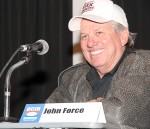 John Force is the 16 time NHRA Funny Car champion. Force said racing at OCIR was the best time of his life and he just wanted to be Snake or Mongoose. In those days he was racing on a zero dollar budget using parts other racers had thrown out and was breaking and blowing up all the time. By the time the last OCIR race was held Force met Bernstein in the final funny car race. Bernstein took the win. Force also spoke about the difficulty and the cost of NHRA drag racing saying that this year he lost two of his big sponsors, Ford and Castrol, and it’s going to be difficult to field 4 car teams. He said that he is reintroducing the reality TV show, Driving Force, about himself and his family in order to help fill the financial gap.
John Force is the 16 time NHRA Funny Car champion. Force said racing at OCIR was the best time of his life and he just wanted to be Snake or Mongoose. In those days he was racing on a zero dollar budget using parts other racers had thrown out and was breaking and blowing up all the time. By the time the last OCIR race was held Force met Bernstein in the final funny car race. Bernstein took the win. Force also spoke about the difficulty and the cost of NHRA drag racing saying that this year he lost two of his big sponsors, Ford and Castrol, and it’s going to be difficult to field 4 car teams. He said that he is reintroducing the reality TV show, Driving Force, about himself and his family in order to help fill the financial gap.
Maybe the answer to the question from the audience “Is the past the future of drag racing?” is YES.
A look around the museum will let you see how NHRA racing got to where it is today. It all started with the first NHRA sanctioned race in Great Bend, Kansas in 1955. Calvin Rice was the first NHRA national champion top eliminator and below is a photo of the car that he did it in.
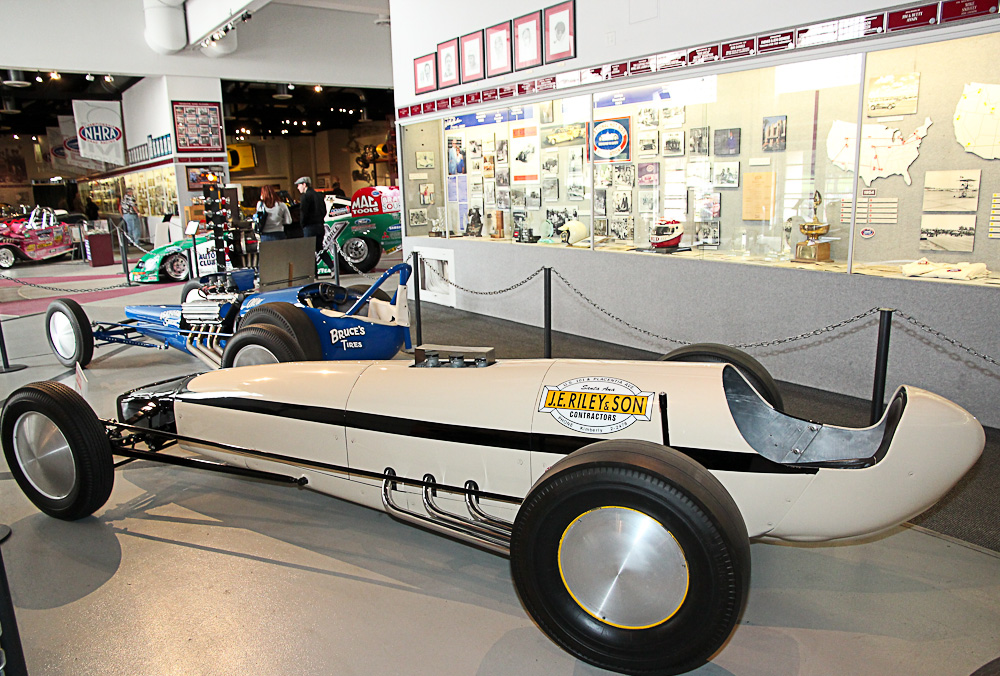
The Wally Parks NHRA Motorsports Museum will host a showing of the Snake & Mongoose on Saturday, December 14, 2013 at 6:00 p.m. Call 909-622-2133 for tickets. This is the last scheduled big screen showing of the movie.
All the photos you see above plus many more are available for purchase on our SmugMug site.
www.timingtower.smugmug.com You can order photos directly from SmugMug or contact us at timingtower@gmail.com.
